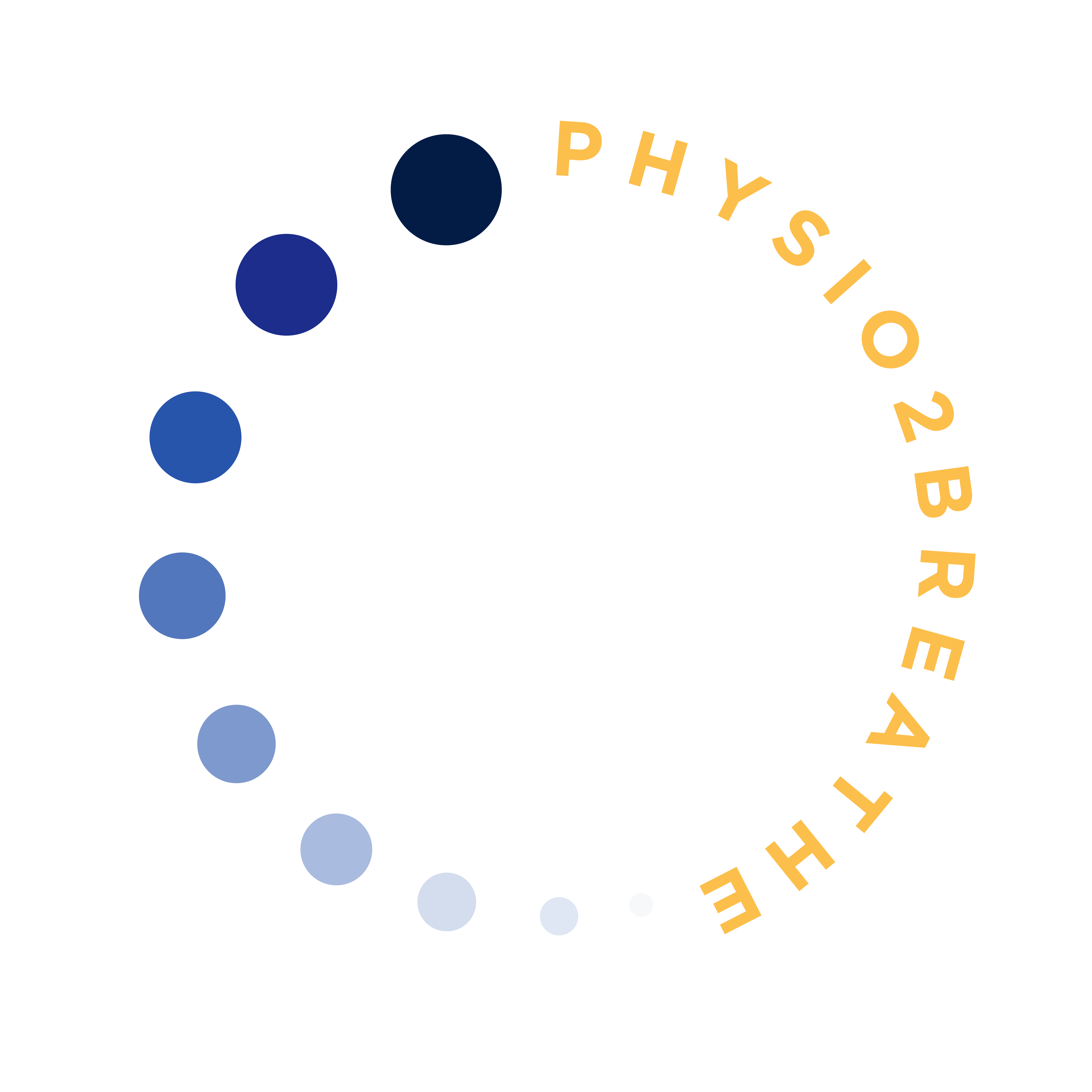Why Breathing Matters
Do you have a breathing disorder?
You are among an estimated 1 in 10 worldwide if so.
The sensation of breathlessness or air hunger, as well as some other common symptoms ALWAYS need checking with your GP but in the absence of anything concerning, the culprit is what we refer to as a breathing pattern disorder or dysfunctional breathing and is simply a habit that develops as a result of a wide range of causes.
Being aware of discomfort around our breathing can be really useful, maybe life saving, warning us to come up for air when swimming or maybe to ease up and recover after pushing ourselves during exercise.
But sometimes these signals we get are a bit misguided and unhelpful, can be disproportionate to our activity levels and we can get the feeling we’re not getting enough air even when sitting quietly, talking or just walking along chatting to a friend.
Confused or just curious?
I have many people contacting me confused about the right way to breathe or wanting to find out why they find various breathing techniques difficult in yoga for example. Or they have found various breathing techniques designed to relax are bringing on some uncomfortable symptoms.
Our awareness of breathing is heightened at the moment with the Covid-19 virus so much on our minds and there has been an explosion of information easily accessible online. Who knew it could be so complex? Isn’t it just in & out?
Are you a Flexibreather?
A normal breath is that which is just right for whatever your body is demanding at any moment in time.
In other words it needs to be flexible!
Faster bigger and erratic breathing is normal with stress, exercise, excitement but then it returns to calm.
This is essential for homeostasis or balance in the body and optimum performance of all our systems. Immune, digestion, nervous system arousal and how we manage stress.
This is where we can struggle. If stress has been continuous, if we have been training hard for sport, if we have been ill, busy etc we have forgotten what true restorative calm and recovery is and how it feels.
Like any movement pattern that we treat as physios this just needs to be re-trained.
You could think of it like learning to walk normally again after an ankle sprain which caused you to limp for so many weeks you forgot what normal was. It needs awareness of how you’re moving , awareness of how this is affecting your body and re-training a healthy pattern.
